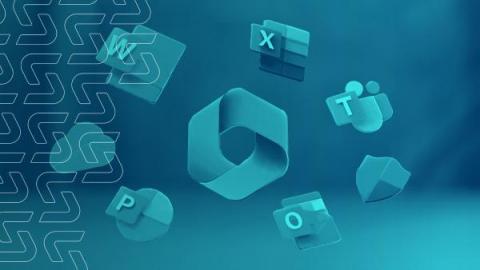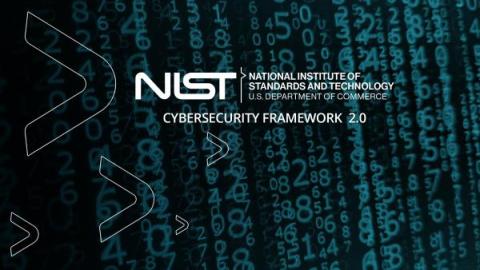Unleashing the Power of Passphrases: Authentication That Is Secure and Memorable
The National Institute of Standards and Technology recommends using longer passphrases instead of passwords for authentication purposes. Passphrases improve an organization’s security posture and reduce the risk of data breaches: they are more complex, easier to remember, and more resistant to cyber-attacks.










